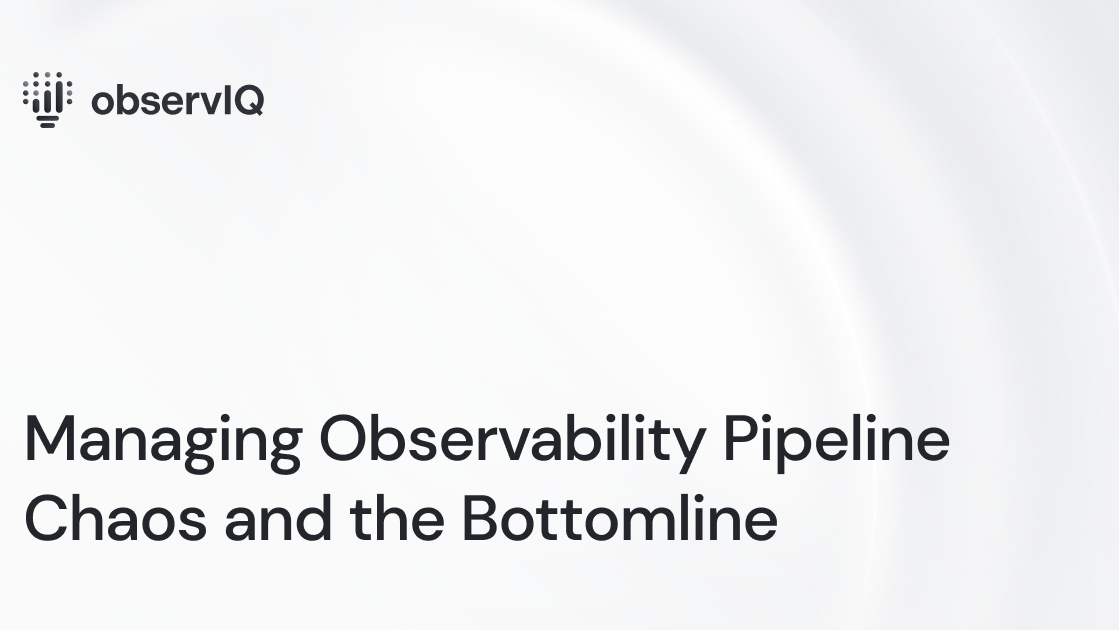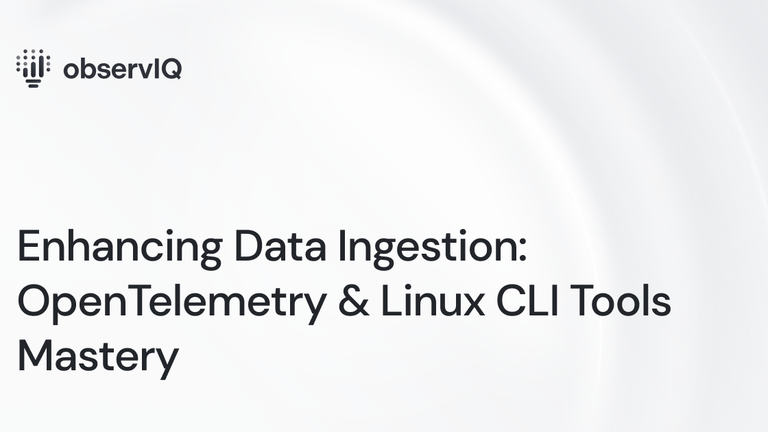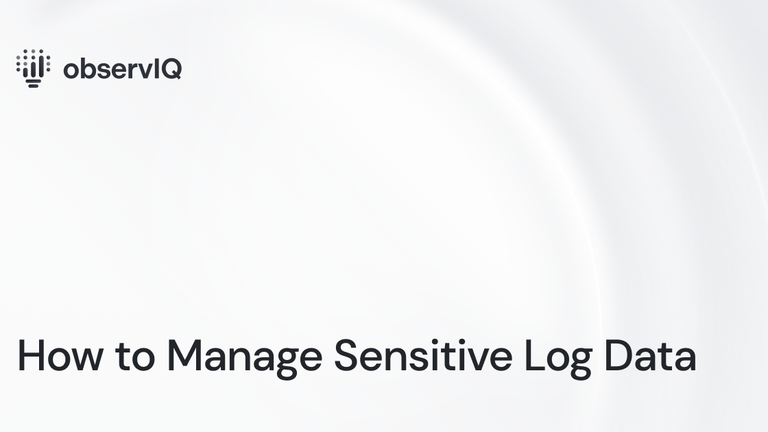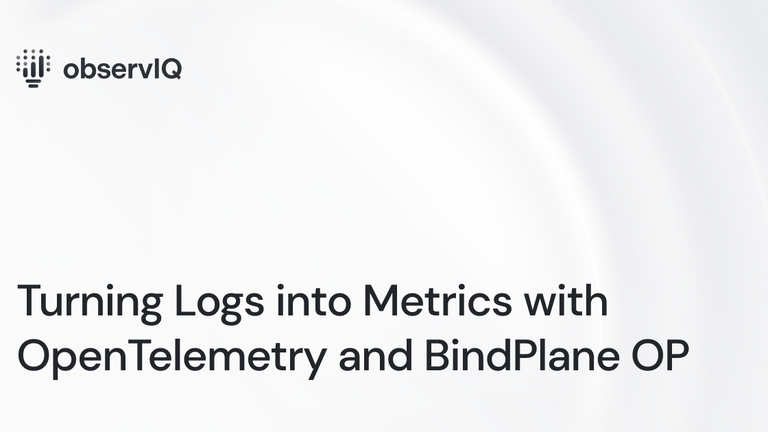Managing Observability Pipeline Chaos and the Bottomline

Observability pipelines solve some critical problems IT is facing today: the cloud environment has generated an unprecedented amount of data in recent years; enterprises now have multiple SaaS/cloud-based applications running; it’s becoming tough to know which of this massive volume of data needs to be processed for analysis vs. stored (often for regulatory reasons) cheaply; and dealing with growing numbers of source data makes the meaningful management of the problem only harder.
So, getting clarity and control over this chaos is the goal, without having to rip and replace your whole system. But what’s the best way to approach optimizing the current stack?
We see three challenges – the need to simplify, standardize, and reduce. Simplify the management of all your agents and gathering of your telemetry data. Standardize on open standards like OpenTelemetry to enable a vendor-agnostic approach. Reduce costs by lowering the volume of data, driving efficiencies in managing that data, and optimizing your back-end monitoring solutions.
Simplify
We work with customers embarking upon a cloud migration, and an observability pipeline that fits into and helps accelerate that cloud migration is an ideal scenario. Many customers are still and will remain at least partially on-prem for various reasons and want complete control within their firewall. In either case, they need to contain the growing chaos surrounding agent management and observability and be able to quickly gather, process, and transmit the telemetry data from any source to any destination.
And for the actual developer teams – the hands-on keyboard folks – they want to be able to wrap their heads around managing the complexity of thousands of agents. With valuable time saved, they can focus on other issues.
Standardize
Choosing your preferred monitoring tools on the back end is ideal and is a big reason the OpenTelemetry standard has become so popular. It simplifies the ingestion process across multi-vendor environments. It also provides for a broader distribution throughout the organization with an initial focus on logs, followed by metrics and traces, and it is an excellent counterpoint to any log management tool.
For example, a primary US healthcare provider was grappling with challenges related to size and complexity and looked to modernize its observability environment. They made significant investments in enterprise tools like Splunk, New Relic, Elastic, and Datadog. Moving to and standardizing on OpenTelemetry has helped to remove vendor lock-in and provided their users the freedom to choose the optimal monitoring solution for their specific use cases.
Related Content: Turning Logs into Metrics with OpenTelemetry and BindPlane OP
Reduce
Many enterprise customers also operate within strict compliance and regulatory environments, which often vary across regions and countries. This requires maintaining some amount of data in perpetuity – the question is, which data do you analyze, and which do you keep for compliance? They are also working within tight security environments, adding to the complexity.
Of course, not all data is created equal, so having a tool to help gather, process, and route to the correct destination is critical. They are sending the appropriate data to the right tool, saving on volume and costs to analyze and store.
Related Content: Configuration Management in BindPlane OP
Conclusion
Enterprises are looking to simplify the effort and complexity currently required to manage their telemetry pipelines, the associated cost of storing excessive amounts of data, and the time necessary to manage this complex task.
It’s a problem for both DevOps teams and the bottom line. And given today’s enterprise environment, it will only worsen as data increases, vendors proliferate, and applications grow.
That’s why we’re seeing so much interest in BindPlane OP. Based on the OpenTelemetry standard, it provides a fast and efficient solution for a multi-vendor environment. It addresses the problem rather than adding to it.
To learn more about getting started with BindPlane OP, visit https://observiq.com/solutions
Questions? Join our Slack community and chat with our developers at https://launchpass.com/bindplane



